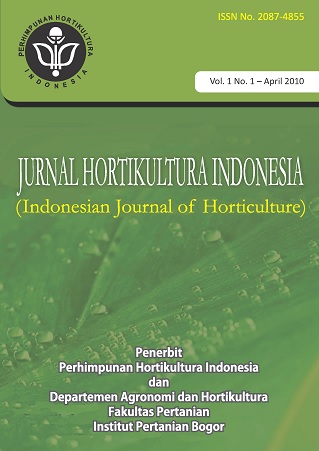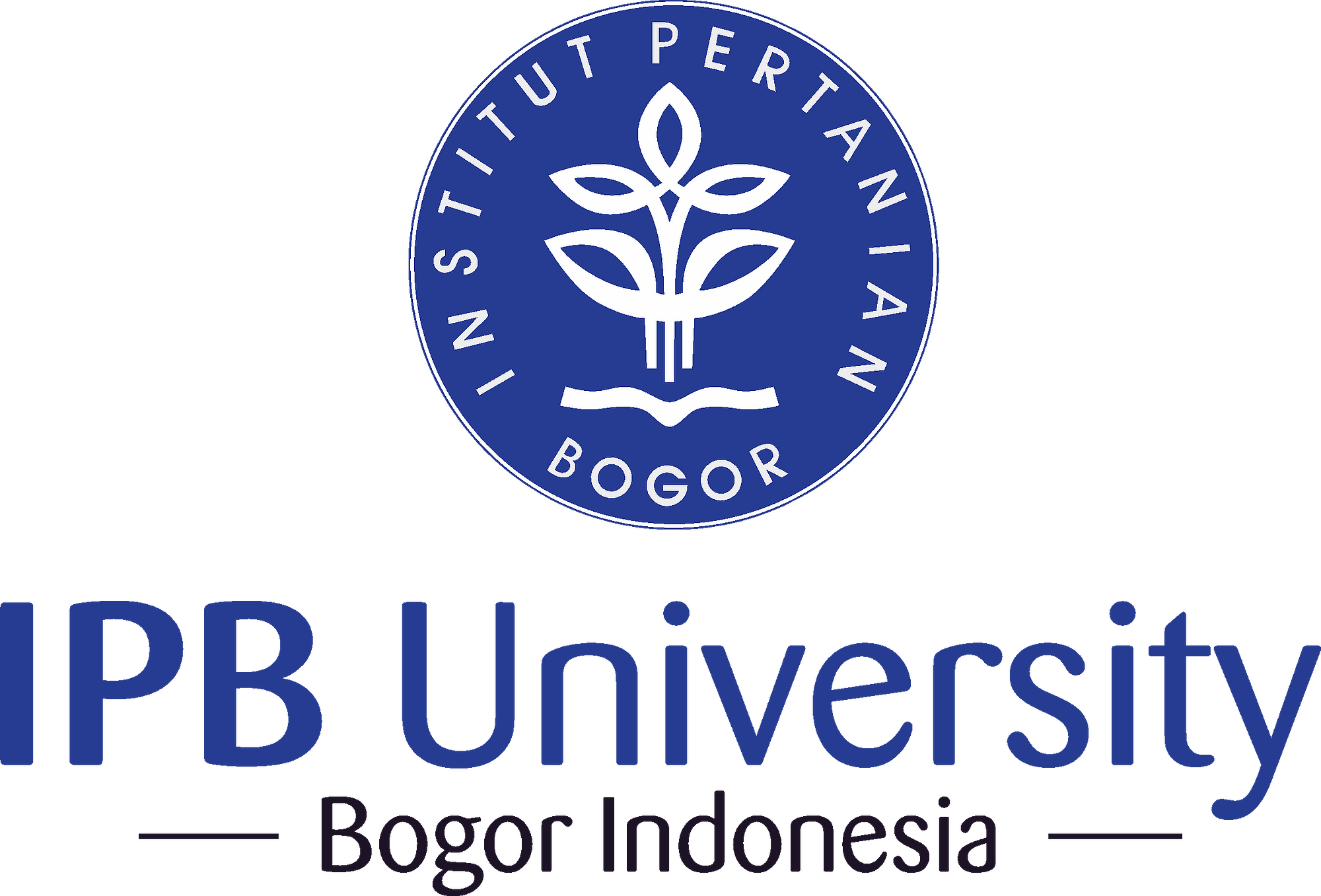Molecular and Biochemical Detection of Fusarium Oxysporum f.sp. cubense as the Pathogen of Fusarium Wilt Disease on Banana (Musa spp.)
Abstract
ABSTRACT
Molecular and biochemical characteristics of Fusarium oxysporum f.sp. cubense (Foc) were detected. Six of Indonesian Foc isolates were artificially inoculated on “Ambon Kuning” banana. DNA of one-week culture isolates was extracted by three methods prior to PCR assay using Foc TR4 (tropical race 4) specific primer. Activity of extracellular enzyme was determined with reduction sugar, agar diffusion and SDS-PAGE assays. Statistical analysis revealed that all isolates insignificantly caused Fusarium wilt symptoms on tested banana with
disease severity index ranging from 3 to 3.6. Maximum DNA concentration was obtained by CTAB method (766.25 µg mL-1), followed by SDS and alkaline l ysis methods, i.e. 553.75 and 211.25 µg mL-1, respectively. PCR analysis showed that Bnt2 and Kjg1 isolates positively reacted to TR4 of Foc primer (DNA size of 1400 bp approximately). Reduction sugar and agar diffusion assays demonstrated that Kjg1 isolate significantly produced more extracellular enzyme, with 6.53 × 10-2mg mL-1 in conce ntration and 20 mm in halo diameter. Meanwhile, SDS-PAGE assay viewed diverse bands of tested fungi (20.6 to 80 kDa), representing four extracellular enzymes. Positive PCR results highlighted the presence of Foc TR4 infecting banana in Indonesia. Various activities of extracellular enzymes did not influence the pathogenicity of Foc.
Key words: pathogenicity, DNA concentration, extracellular enzyme













